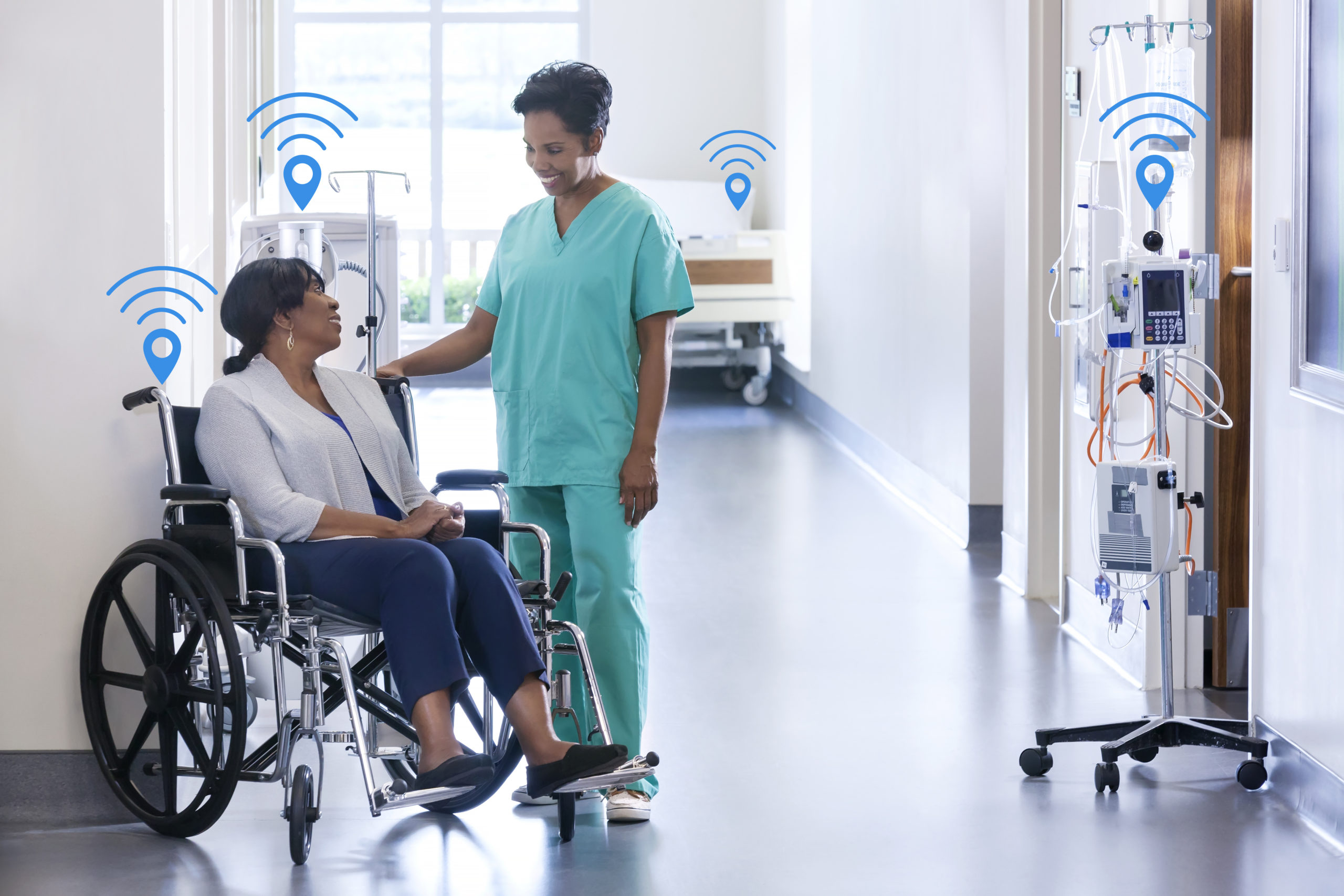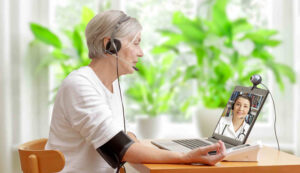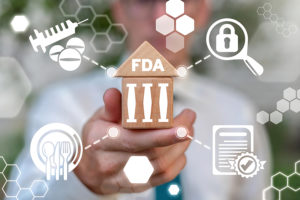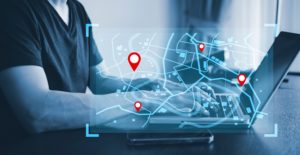
Indoor Asset Location Tracking
Background
Healthcare organizations often must track the precise location of life-critical assets and controlled substances inside their facilities, in real time. These might be a “crash carts” used to rapidly transport and dispense life-critical emergency medications and equipment. Or perhaps a mobile medical cabinet with restricted access to its contents, including potentially dangerous and addictive drugs.
Some items are needed periodically, on demand, but many items are delivered on a regular basis throughout a facility, adhering to a strict schedule. The source might be a central pharmacy while the destination could be a pediatric care unit, or another location within the hospital but far away from the source. In any of these cases, administrators need to know an asset’s location at any moment in its journey, including confirmation that it arrived safely at its destination when expected. In many instances, alerts need to be triggered if certain assets are not in an allowed zone. Today’s Internet of Medical Things (IoMT) indoor location tracking systems make this possible, but they also must be secure, and each system element must always be connected and available.
How your facility could benefit
Protecting your indoor real-time location tracking system with multi-layered security brings trust to each element and ensures the integrity and reliability of all communication between them and the cloud. You should expect your indoor asset location tracking solution to:
- Deliver near-perfect accuracy when providing asset location updates wherever they may be, no matter the size or configuration of the facility.
- Ensure 24/7 availability so you can be confident about the location of any asset, at any time.
- Accommodate items both large and small. Even the smallest items can be extremely valuable, and there can be hundreds of them to track.
- Integrate into consignment inventory management systems so that visibility for both supplier and hospital administrators is simple.
- Be extremely simple to deploy, cost efficient to maintain and not require costly infrastructure.
How Thirdwayv connects and secures it
Thirdwayv has helped its customers deploy secure solutions for indoor location tracking in a variety of applications. An example is smart medicine cabinets. Adoption has grown for these cabinets especially during the opioid crisis, to ensure that their contents can only be accessed by registered and authorized users.
At the heart of these solutions is Thirdwayv’s SeamlessConnect software, an FDA-listed Medical Device Data System. It improves location system availability and enables user authentication through phone biometric ID resources, including face or fingerprint. It also uses communication gateways where needed so each item that has been tagged with our disposable, recyclable RFID devices can be tracked anywhere on the premises to within 5 meters, even in a multi-story building spanning thousands of square feet. A dashboard provides visibility and real-time analytics at every step of the journey, and comprehensive reports are easy to generate.
Thirdwayv can also add secure smartphone control to your indoor location tracking solution, protecting the entire communication channel from malware and other threats. For even greater security, add our solution for validating the integrity of all elements in the system using digital cryptographic identities. Each of our solutions can easily be implemented using our software development kits (SDKs) so you can incorporate what you need, when you need it.
Related Posts
Popularity of Remote Patient Monitoring Skyrockets — Is it Secure?
A recent report from commercial intelligence platform provider Definitive Healthcare revealed that remote patient monitoring insurance reimbursement claims rose 1,294% from January 2019 to November 2022. It’s likely that a desire to minimize contact during the pandemic drove much of this demand. But remote patient monitoring claims continued to grow even after people resumed face-to-face…
Countdown to Safer Medical Devices
A six-month clock started ticking late last year, counting down to the FDA’s new deadline for updating its public-facing guidance for improving the cybersecurity of medical devices. This requirement became law on Dec. 29, 2022, as part of a $1.7 trillion Omnibus Appropriations Bill that also includes new rules for submitting applicable medical devices to…
Getting Real about Real-Time Location Systems
Real-Time Location Systems, or RTLS, emerged in the 1990s for use by government and military entities. The technology has been adopted in manufacturing, logistics and aerospace applications for years. Now it is coming into its own in a growing variety of other applications, from healthcare consignment inventory management to retail item tracking. It’s time to…



